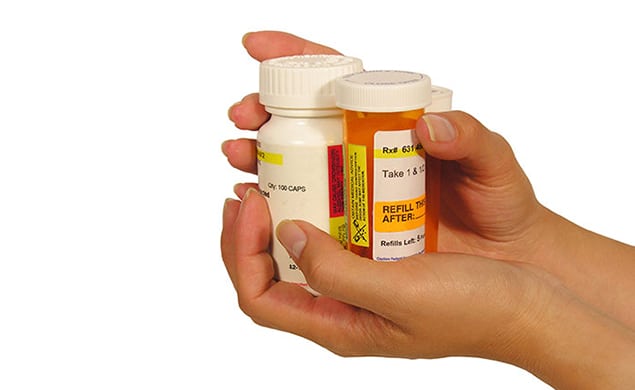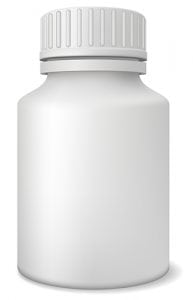
Learn more about Oxymorphone and its uses, side effects, and more.
Prescribed to treat moderate to severe pain, oxymorphone is a strong semi-synthetic opioid analgesic first used in Europe in the early 20th century and in the United States in the late 1950s. As with other opiate drugs, use is meant to be short-term. Administered orally as a standard tablet or an extended-release tablet, oxymorphone is available under the brand names:
- Opana
- O-Morphon
- Opana ER
- Numorphan HCl
CONTACT US TODAY
Uses
Oxymorphone is primarily used for the management of moderate to severe pain. It is also sometimes administered during surgery to help control how anesthesia works, to treat breakthrough pain that goes beyond the relief offered by other pain-relieving medications, and to reduce anxiety associated with heart-related respiratory issues. The extended-release version of oxymorphone is used for 24-hour treatment of chronic or severe pain. It is typically prescribed at low dosages and adjusted until a patient’s pain is under control.
Side Effects
Dizziness, dry mouth, drowsiness or fatigue, headaches, constipation, vomiting, and nausea are the common side effects associated with oxymorphone. Some patients on the medication may experience respiratory issues, including shallow or slowed breathing. Side effects are more severe and often life-threatening if oxymorphone is consumed with alcohol or other substances. Related side effects, ranging from moderate to severe in nature, may also include:
- Stomach pain
- Extreme muscle twitching or stiffness
- Sleep difficulties, including insomnia
- Chest pain
- Agitation or mood swings
- Irregular menstruation
- Hallucinations
- Facial swelling
Tolerance and Dependence

Withdrawal Symptoms
Stopping the use of oxymorphone without medical advice or supervision can result in an assortment of withdrawal symptoms within 12 hours of the last dose, including excessive sweating, chills, or fever, muscle and joint pain, extreme fatigue, and restlessness. Symptoms are similar for individuals going through a supervised treatment program, although steps may be taken to minimize the withdrawal symptoms often associated with the detox process, including the use of medications to reduce the impact of such symptoms or accelerated detox. Withdrawal symptoms may also include:
- Loss of appetite
- Rapid heartbeat
- Periods of sweating and chills
If dependence develops, either through legitimate use or as a result of intentional abuse or misuse of oxymorphone, supervised substance abuse treatment is usually necessary. Opiates, in general, affect chemical processes in the brain to the point where physical dependence develops. A nasal spray version of oxymorphone is being developed, although it’s not known how it may affect addiction risk.


